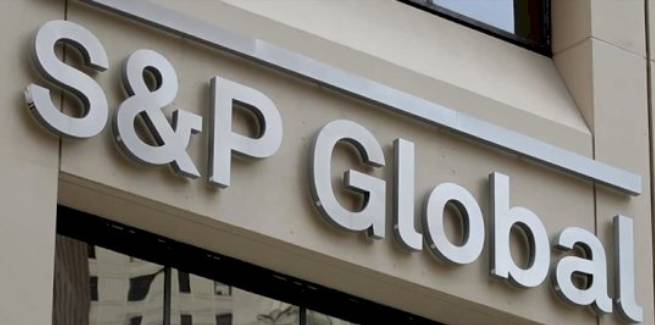According to the latest data from S&P Global Ratings, non-conforming mortgage arrears rose by 42 bps in March, from 3.96 per cent to 4.38 per cent.
The increase was mostly driven by a rise in non-conforming mortgage arrears for loans 31-60 days past due, up from 1.42 per cent to 1.73 per cent.
But over-30-day arrears underlying Australia’s prime residential mortgages were stable over the same period at 1.41 per cent, despite deterioration across five states and territories.
The Northern Territory reported the sharpest increase in prime home loan arrears in March (39 bps), followed by South Australia (5 bps), Victoria (4 bps) and NSW and Queensland (3 bps).
Prime arrears fell by 7 bps in the ACT and by 1 bp in Western Australia (albeit from a high base).
Overall, delinquencies were highest in the Northern Territory (3.18 per cent), followed by Western Australia (2.89 per cent), Queensland (1.81 per cent), South Australia (1.45 per cent), NSW (1.42 per cent), Victoria (1.36 per cent), Tasmania (1.1 per cent) and the ACT (1.04 per cent).
However, S&P noted that while prime arrears were steady in March, a “large forecast increase” in the unemployment rate off the back of the COVID-19 crisis would likely trigger an ongoing deterioration in credit quality over the next 12 months.
“Mortgage arrears are a lagging indicator of financial stress; mortgage arrears did not peak in the RMBS sector until around 12-18 months after the onset of the 2008 global financial crisis,” the ratings agency noted.
S&P stated that mortgage-relief measures would likely “temper” reported increases in arrears over the next six months, with most loans under COVID-19 arrangements not included in traditional arrears reporting.
“The COVID-19 hardship concessions will assist many borrowers to transition through this period of stress,” the ratings agency added.
“However, while not all of these loans are likely to move to formal arrears management and foreclosure after the hardship period ends, some of them are likely at a higher risk of default.
“Anecdotal evidence from lenders shows that around 3 per cent to 7 per cent of prime loans in securitized trusts are under some form of COVID-19 arrangement. We expect these levels to be higher for nonconforming transactions.”
Lenders have been tightening their credit policies in preparation for a deterioration in credit quality.
Last month, S&P Global Ratings reported that it is forecasting an 85 bps increase in credit losses across the Australian banking sector’s loan portfolio in the 2020 financial year (FY20).
The 85 bps increase, which is expected to moderate to 50 bps in 2021, amounts to approximately $29 billion in gross loans, nearly six times higher than the record low in FY19.
[Related: Citi adds new layer of scrutiny to loan applications]
